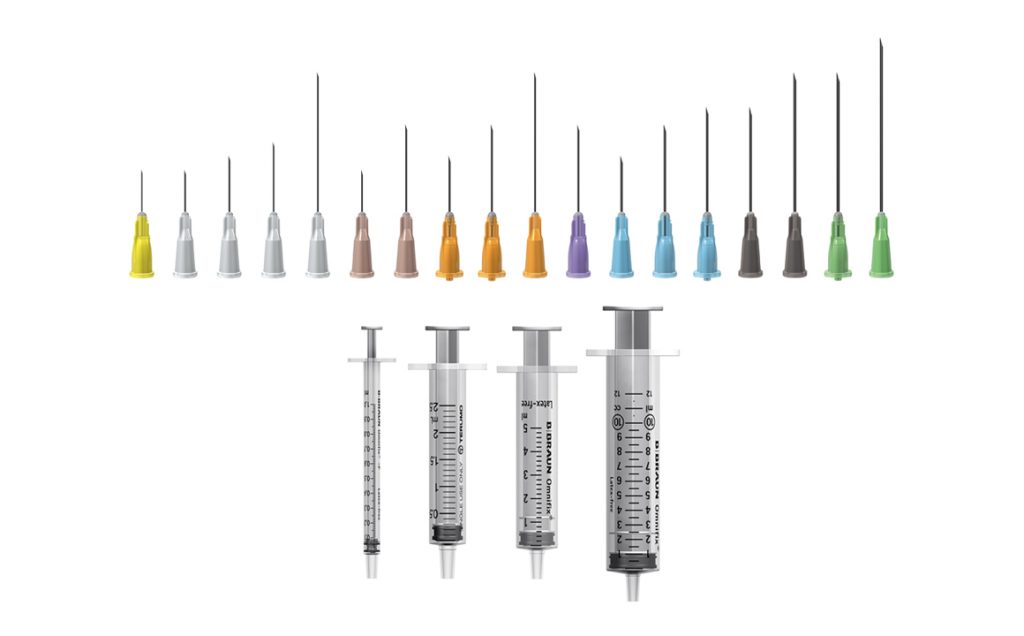The human body’s capacity to control glucose relies upon a blood borne chemical called insulin, made by the pancreas, a little organ close to the liver. Insulin is the body’s normal reaction to glucose levels. Soon after an individual eats, the food is processed and changed over into glucose for the cells to use as an energy source. The trigger that advises cells to utilize glucose, instead of fats, is insulin. Diabetes is an illness where the body either doesn’t deliver insulin (in light of the fact that the cells that produce it were either not made, or obliterated by the body’s safe framework) or the body has become impervious to the insulin that it makes. In the two cases, the arrangement is to supplant the insulin with an external source, generally by insulin infusion treatment.

Present day insulin infusions are made by hereditarily designed e coli microbes to make human insulin, and is perhaps of the most seasoned straightforwardly hereditarily designed item available, tracing all the way back to the mid-1980s. Before that, insulin was gathered from different creatures, including sheep and pigs. The most widely recognized approach to managing insulin is by infusion, typically via a particular hypodermic needle called an infusion pen. These pens come in two assortments – reusable and dispensable. A dispensable pen for insulin infusion has a premeasured portion of insulin, is infused, and afterward disposed of. A re-usable pen has a dispensable needle tip and a cartridge with insulin dosages, and offers greater adaptability. Many pens are double reason computerized blood glucose meters and infusion devices, where the blood meter will give a decent sign with respect to how much insulin the diabetic should infuse.
Picking the right portion of medical supplies is something that somebody going through insulin infusion treatment needs to consider; with experience it comes from realizing the amount you’re expecting to eat, or the amount you will practice in the wake of eating, and the objective is to emulate the normal vacillations in insulin level that an individual without diabetes has. Luckily, in view of the hereditary designing expected to create human insulin from e coli microorganisms, the actual chemical is genuinely cheap; a large portion of the expense of insulin infusion treatment is on the conveyance component, purchasing substitution needle tips. Insulin should be kept inside a particular temperature reach to stay suitable, and most diabetics bring an infusion unit (with a blood glucose screen) to appropriately check what’s required for a given portion and use design. With legitimate schooling, insulin infusion treatment diverts diabetes from a dependable capital punishment to a sensible persistent condition.
